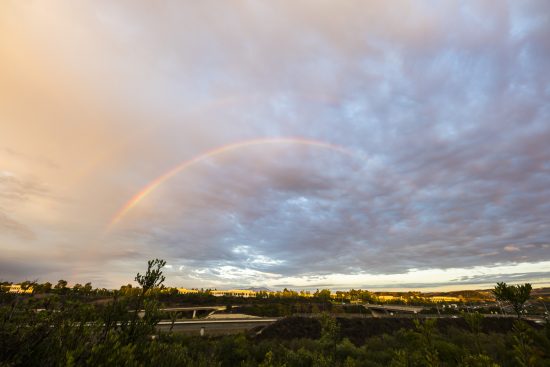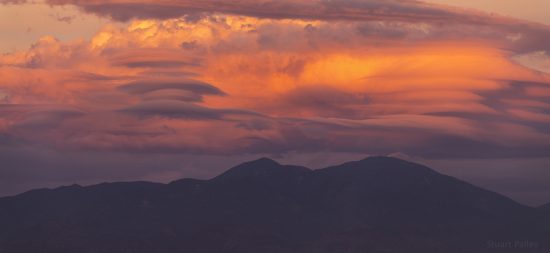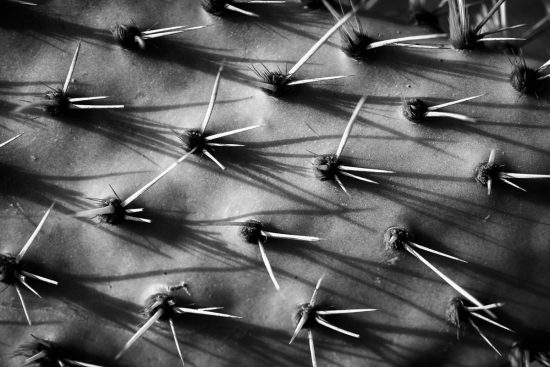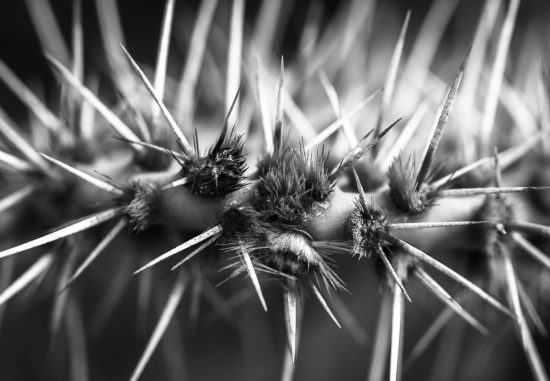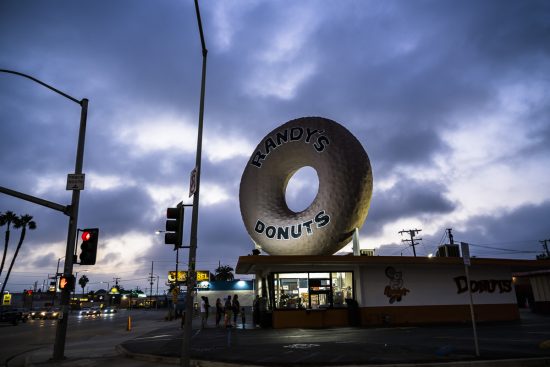Nikon Z7 mirrorless camera field review by Stuart Palley (stuartpalley.com | terraflamma.org | @stuartpalley):
TLDR: Mirrorless is the future of working pros in the documentary/journalism/travel realm. It may take another generation or two to fully compete with DSLRs, but it’s coming. The Z7 will not replace my D850 but rather complement it for the many situations where weight and size trump ease of use and AF speed/reliability in the near term. As the Z mount lens system grows I can start divesting myself of F mount glass when a Z mount equivalent comes into production. This is written from the perspective of someone who makes the majority of their income as a photographer and creative professional.
For years many great companies have manufactured excellent mirrorless cameras already in use by working pros and enthusiasts alike. Fuji, Olympus, Sony, etc, all make awesome cameras (I’ve used many, the X100, X Pro 1, GFX, OM-D series, etc). The big news here is the FTZ adapter with solid AF/VR compatibility with my existing dozen Nikon lenses, similar button layout for fast workflow adoption, and smaller and lighter baggage.*
That means I can integrate the Z7 into my workflow with minimal fuss and rock the Z mount 24-70 f4 or 35mm 1.8 when I want to go fast and light. A metadata analysis of my images from wildfires shows 60-80% of my images shot in the 24-70mm focal length.
The other two lenses I use the most are the 70-200mm 2.8 VRII, 200-400 VRI, and Sigma 14mm 1.8, which all work great with the FTZ adapter.
With the Z mount 24-70 f4 I lose a stop of speed and the durability of the 24-70 f2.8 VR AF-S, (which is the best/most versatile Nikon midrange zoom I’ve used) but the lens is about 1/3 the overall mass and a fraction of the weight of the F mount big brother.
The FTZ adapter is well designed and does what it’s supposed to do, allowing me to use F mount lenses, now with the built in VR of the Z7. My chief criticism is that AF is not so great, in the case of using my 200-400 AF-S VR I for photographing Lenticular clouds over the Cleveland National Forest, it hunted for AF at sunset. I initially thought this an issue with the F4 aperture or lack of contrast in the tones of dusk, but even on contrasty and clear points on the horizon that my D850 and same lens combo would’ve likely focused on without issue, the FTZ adapter left me wanting a little more accuracy with it’s hunting and focus racking. I’m going off my own real-world experience here, lab tests and more technical analysis from might yield different results.
On the Z7 body itself, the buttons are laid out similar to other Nikon DSLRs and as a result I found the camera easy to pick up and start shooting with. The viewfinder is incredible, sharp, bright, and clear. Coming from using an original Fuji X100 or an earlier micro 4/3 camera you see the progress that electronic viewfinders have made in the last 5 years.
Another advantage of the Z7 is the reduced size and weight. Size wise, it’s mainly the bulk that is reduced in all dimensions. After using the Z7 for an afternoon and placing it on the counter next to my battle worn D810 with a vertical grip, the D810 looked like a pig and felt like a lead weight. This is a little hyperbolic but it’s liberating to not have a boat anchor hanging off your neck. Heavy cameras are terrible for your back ligaments, muscles, and spinal column, so any reduced size and weight is a welcome improvement when these are tools you use to make a living with day in and day out.
This past weekend I did a 4-mile hike and brought the Z7 along with my trusty 105mm f2.8 AF-D Macro lens. It manual focus only with the FTZ adapter, but having stabilization on a macro lens was great and I had a good time playing around with the forms of cactus spines along the trail. I wouldn’t have brought my D850 with a grip, that’s for sure.
The lenses still retain a similar size to DSLR lenses, but with the shorter flange to sensor distance, optical designs can be optimized to make lenses slightly more compact. Additionally, the wider diameter of the Z mount will allow lens designers to take more engineering liberties when designing new lenses, meaning better performance, even more extreme focal lengths, and apertures too. Case in point, the 50mm-ish f0.95 lens Nikon has announced is a show lens to demonstrate the Z mount flexibility. Personally, the lens is useless to me since it lacks autofocus, and the sway of your body while breathing will put your subject out of focus at f0.95 handheld with manual focus. Try focusing an f1.4 lens in the dark and tell me it’s easy!
Every camera is only as good as the system around it and the company making it, so I look forward to Nikon fleshing out the Z lineup of lenses. The 35mm 1.8 is sharp from corner to corner, and the 24-70mm f4 is a versatile lens, but needs to be “unlocked” and expanded from its compact stowage position. As an NPS member I received priority delivery on the camera, and despite my concerns about Nikon’s repair logistics and inability to keep important parts in stock (Ask about my months long parts hold repair on a 70-200 VRII in 2015) rest assured Nikon will fix the camera should anything happen under warranty, and afterwards for a fixed fee. Cameras have always come back fixed right and with firmware upgrades, a sensor cleaning, etc from the repair center in Los Angeles.
Randy’s Donuts, Los Angeles. Z7 and 24-70mm AF-S, ISO 140, 1/25 sec, Auto ISO. In body stabilization allowed me to shoot from the passenger seat of a car, at a stoplight, with a much lower shutter speed than I would usually select. Accordingly I was able to shoot at a lower ISO.
Another advantage of a smaller system is that everything gets smaller. The bags, tripods, tripod heads, filters, etc. needed to support the Z7 all shrink. Things get smaller and lighter, requiring less energy to cart around, which equates to more focus on shooting and creating pictures and telling a story, the whole reason I’m here in the first place. Everything about the equipment is in the service of creating the image. Instead of a Think Tank Retrospective 30 for my fast and light kit, I can get the Z7, 24-70 f4, 35 f1.8, and my ancient Nikon 70-210 AF push pull zoom (which I got for $60 :-p) with the FTZ adapter into a smaller Retrospective 7. I have space for spare cards, batteries, filters, and the charger.
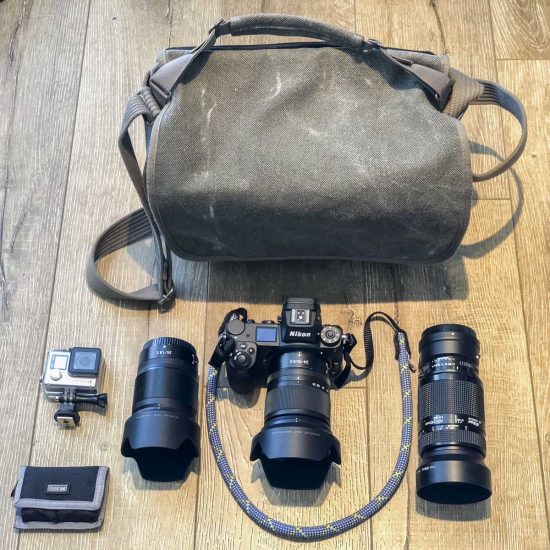
Think Tank Retrospective in Pinestone with Z7, 24-70mm f4, 35mm 1.8, 70-210 (works in MF only with FTZ adapter, replacing with a 70-200mm f4 AF-SVR). GoPro Hero 4, spare batteries.
A Z7 and two lenses will now fit into the pack I carry around at wildfires that includes mandatory safety gear like a fire shelter and radio. That weight quickly adds up and adding a camera swinging off your neck with a strap isn’t ideal. Being able to stow the camera and it’s accompanying weight into my actual pack where the load bearing harnesses can support the load is a godsend for longer hikes. Sometimes I have to go hunt down fire crews in the bush and having a camera swinging off your body isn’t ideal. I was hiking at the Ferguson Fire in Yosemite National Park on assignment for the US Forest Service when my 24-70 decided to detach itself from my D850, and a lucky fall onto dirt with the lens hood saved it from damage.
This issue illustrates the two ways I usually shoot in the field. The first is up close, where the heaviest fire activity is present and I’m hiking around and moving a lot, getting in and out of a pickup truck, going up hills in smoke and ash. The smaller Z7 in good to decent lighting conditions is ideal for this. The jury is still out on how much I can push it in low light with the contrast detect AF. In darkness or low light, I would still be partial to a D850 and 24-70.
On a tripod with more relaxed conditions, perhaps photographing the fire from afar or just general nightscape photography, the Z7 perfect. I have three tripods, a large and medium Really Right Stuff carbon fiber tripod that is perfect for DSLRs and long lenses, and a tiny travel tripod. The medium tripod is perfect for a Z7 and a wide lens with FTZ adapter, and I could probably get away with one of their compact tripods in the future or my tiny travel tripod.
I disagree with Nikon’s decision to fit just one XQD slot in the camera. While memory cards are much more reliable than they were a decade ago, I still don’t fully trust them. My D850 is still coming out for when I need extra peace of mind. I hope that Nikon puts in a second SD slot, double XQD, or double SD in future versions. I would prefer a slightly larger camera with dual slot security. For me it’s just an extra short-term backup during shoots. Everything immediately goes onto a solid state RAID array when images are uploaded to my laptop, but once I click the shutter on the Z7, a potential card failing means it’s 2005 all over again. As I use the Z7 more I suppose I’ll grow to trust single slot XQD, but the jury is still out along with low light AF (which I’m finding is wholly satisfactory the more I use it). Buy good cards and format early and often.
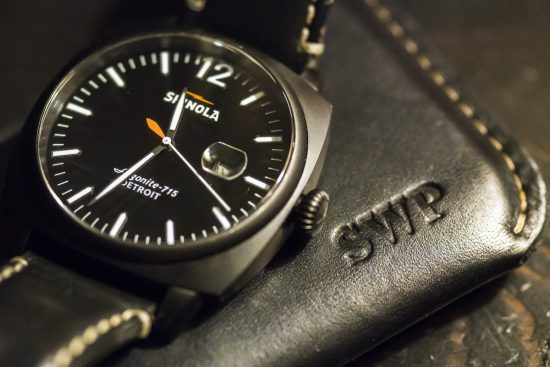
Watch and Wallet: Z7 at ISO 11,400, 1/125 sec, f5: Nikon 105mm f2.8 AF-D with FTZ adapter in manual focus. This shot would not be possible without VR, at least handheld.
In conclusion this trend toward smaller and lighter with similar image quality to pro DSLR’s has long been in practice. Sony did it with the A7 series, their compact cameras with full frame sensors, etc. Now that the big two, Nikon and Canon have jumped on board, we have a real integration of mirrorless into pro workflows, We still have ground to cover when it comes to AF and lens selection, but the future is here, and the same way that the 4×5 Speed Graphic gave way to the 35mm SLR slowly over the years, so will the DSLR give way to mirrorless. Onward.

Stuart Palley is a Southern California based photographer who recently published his first photography book, Terra Flamma: Wildfires at Night, (Schiffer Publishers, 2018) photographing wildfires in California via long exposure over the last five years.
His work on climate change and the environment has been featured in National Geographic Magazine and has been recognized in Pictures of the Year International. He is a contractor for the US Forest Service and works commercially with various Fortune 500 clients in addition to select editorial publications internationally.
*** Every camera on the market makes great images, it’s all about ease of use, ergonomics, lens options, price, etc. There are no bad cameras in 2018, just photographers that should focus on the art of making pictures rather than the gear. No camera manufacturer sponsors me or gives me anything for free, these views here are entirely my own and based off my experience as a working professional.
If you have an interesting idea for a guest post, you can contact me here.
For additional Nikon Z coverage like the Nikon Z Facebook page and join the Nikon Z Facebook group
